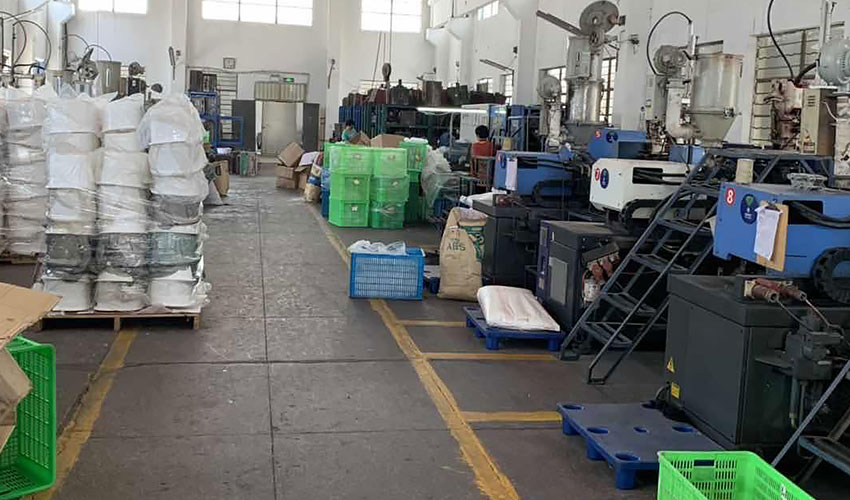Types of defects and sample size
The nature of potential defects and the percentage of inspected items
There are basically three main methods of producing goods in China:
- automated
- partially automated
- manual manufacturing
The production method determines the nature of potential defects.
Automated manufacturing
All items in the batch usually have similar quality, because they are produced under identical conditions and on the same equipment. The only exception would be some malfunction or faulty operation of the machinery, leading to certain systematic defects.
If such production flaws are identified among the inspected samples, a certain percentage of items it the batch would have it as well.
This statement is also true for the opposite situation: if the inspected samples do not have any production defects, the rest of the items would also be fine.
Therefore, the inspection of 50-80 items from the batch is generally enough to draw a conclusion about the overall quality of the goods.
Partially automated and manual manufacturing
The use of manual labor increases the risks of various random defects due to human errors, especially in the absence of thorough internal quality control at the factory.
This is particularly evident in Textile manufacturing. A lot of manual work is usually involved in the process, leading to such common handmade production defects as skipped and irregular stitching, uncut threads, loose buttons, and so on.
In case such flaws are found in the course of inspection and the client considers the defect rate to be too high, the whole batch may be returned to the supplier for corrections.
Quantity of inspected items
The percentage of inspected items is determined by AQL standards and depends on the following factors:
- Total quantity of the items in the batch.
- Technical complexity of the items.
For example, the inspections of consumer electronics are usually more time-consuming because the inspector has to test functionality of the items in addition to the examination for external defects and overall quality.
Normally we aim to inspect 5-10% of the total amount of the goods.
Does it make sense to perform rejection of every item during the inspection?
We do not recommend asking the inspector to perform rejection of every item.
Firstly, this is usually impossible time wise in the course of one inspection and may require additional visits to the factory. Such approach only makes the inspection more expensive and delays shipment.
Secondly, it only leads to even higher defect rates in future orders. The supplier gets the idea that the rejection is taken over by an inspection company, whereas it is the function of internal quality control department.
The main purpose of a pre-shipment inspection is to identify potential problems with the goods and provide accurate data about it, so that the supplier could address them.
More topics on Quality Control Inspection services
Packaging requirements for Amazon FBA
Amazon Packaging Requirements for FBA Sellers Thousands of merchants on Amazon use FBA – it’s Amazon’s state of the art fulfillment network which streamlines the selling process and makes selling a lot easier and more efficient for many sellers. For a small monthly...
Live product inspection by FBAHELP
Over the past two years we have conducted more than 2000 inspections in China, India, South Korea and Thailand and we have worked out highly effective quality control method. All our inspectors are foreigners, fluent in 2-3 languages, with permanent...





